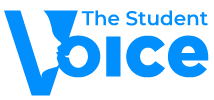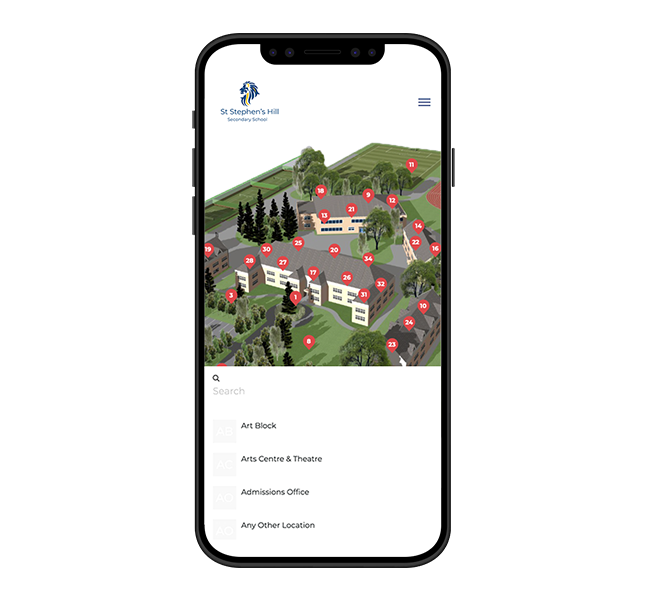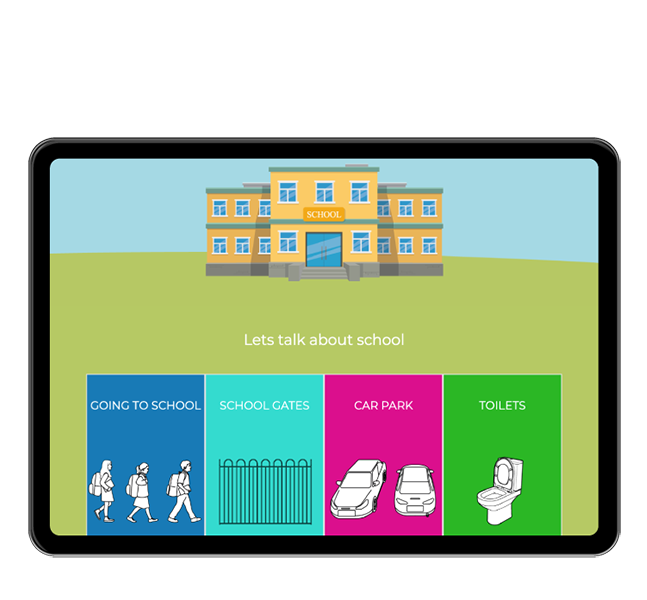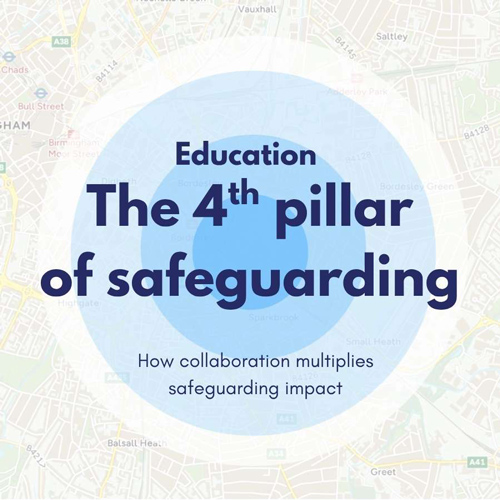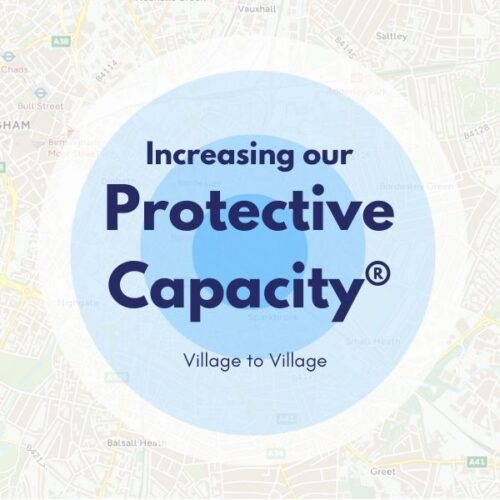🌍 World Emoji Day 🌍
An Opportunity to Talk About
Emotions & Emotional Regulation in Schools
Happy World Emoji Day!
🎉😊 ❤️👏🥰🤗😊😁🥳🎉🙂🙃😉🤩😎🤭
Today, we’re celebrating the power of emotions and the importance of giving every child a voice to understand, express and regulate how they feel.
Every year on 17 July, World Emoji Day invites us to celebrate the expressive power of emojis. Whether it’s a laughing face, a tearful one, or a symbol of anger or calm, emojis help us express how we feel in a quick, visual way. But emojis can do more than express emotions; they can also help us understand and talk about them. That’s why World Emoji Day presents the perfect opportunity to open up conversations around emotional literacy and introduce valuable tools such as the Zones of Regulation.
At The Student Voice, this connection is already being made through The Zones of Emotional Regulation feature in the Primary Tool, supporting emotional wellbeing in primary schools across the UK and internationally.
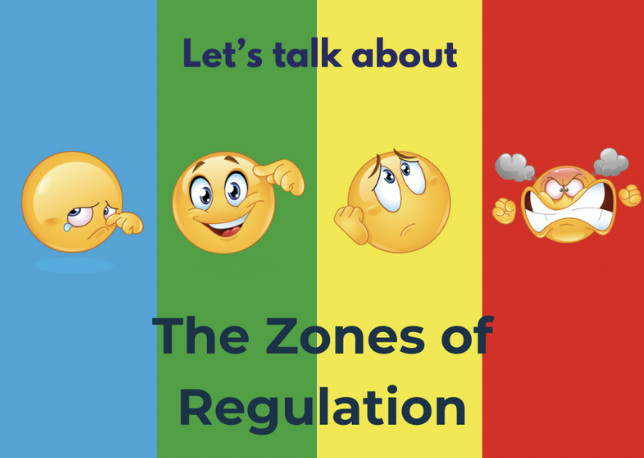
Get our blogs sent straight to your inbox.
🟦🟨🟥🟩 Understanding the Zones of Emotional Regulation
The Zones of Regulation (ZOR) is a well-established framework designed to help children recognise their emotions and understand how these feelings influence their behaviour.
Leah Kuypers, MA Ed., OTR/L, occupational therapist and education specialist, created The Zones of Regulation out of a deep commitment to helping individuals better understand and manage their emotions. Drawing on her background in occupational therapy, education, neuroscience, psychology, and behaviour theory, Leah saw a need for a practical, accessible tool to support emotional self-regulation in both children and adults. She developed the Zones as a simple, colour-coded framework to build self-awareness, teach emotional control, and foster more successful social interactions—empowering people to navigate their everyday challenges with greater confidence and clarity.
The model uses four colour-coded zones:
🔵 Blue Zone: low energy emotions such as sadness, boredom or tiredness.
🟢 Green Zone: calm, focused and ready to learn.
🟡 Yellow Zone: increased alertness or stress, but still in control — emotions like excitement, nervousness or frustration.
🔴 Red Zone: intense feelings that may feel overwhelming, such as anger, panic or extreme fear.
By identifying which zone they are in, pupils can start to develop emotional vocabulary, recognise patterns and learn techniques to regulate their emotions more effectively.
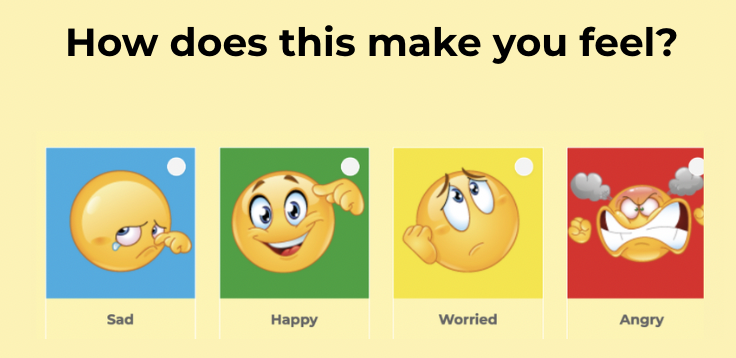
Supporting primary aged pupils with The Student Voice
In primary schools, emotional understanding is crucial for learning readiness, social development and overall wellbeing. That’s why the primary tool from The Student Voice includes a dedicated Zones of Emotional Regulation feature, helping children check in with how they feel through a simple and engaging process. Pupils select an emoji and a zone that best reflects their current emotional state.
This regular self-check-in supports emotional literacy in a child-friendly way while also providing teachers with meaningful insights about class wellbeing. Teachers can use this information to respond more thoughtfully, adapt their approach and ensure that support is in place where it is needed most. Designated Safeguarding Leads can also review this data to identify pupils who may require additional safeguarding support, enabling early intervention and collaboration with teaching and support staff.
Linking World Emoji Day to emotional awareness
World Emoji Day reminds us of how important it is to communicate feelings clearly and respectfully. In schools, it can be a useful and engaging moment to:
- Start conversations about recognising and naming emotions.
- Introduce or reinforce the Zones of Emotional Regulation framework.
- Showcase how tools like The Student Voice Primary tool support emotional development.
- Encourage empathy, active listening and peer support in the classroom.
Ideas for classroom activities 💡
To mark World Emoji Day and to bring emotional learning into the spotlight, schools could try:
- Emoji based emotional check-ins using the Zones framework.
- Art sessions where pupils design their own emoji to represent a feeling or zone.
- Group discussions around “Which emoji shows how you feel today — and why?”
- Sharing class-wide, anonymised emotional trends as a way to talk about shared experiences and normalise feelings.
Why this matters!
Emojis are a modern tool for expressing emotions and behind every emoji lies a real feeling. World Emoji Day offers a timely and engaging way to explore these feelings more on a deeper level, especially for children who are still learning to name and regulate what they feel. By combining the familiarity of emojis with the proven structure of the Zones of Emotional Regulation, and integrating these through tools like the Primary Tool from The Student Voice, schools can take a meaningful step towards building emotionally literate, resilient learners.
Creating regular space for pupils to reflect on their emotions helps them feel understood, valued and safe. When children are supported in identifying how they feel and what they need, they are better equipped to engage, learn and thrive. The work of emotional regulation is not just about managing behaviour, it’s about nurturing confident, empathetic individuals who feel empowered to express themselves and connect with others. In this way, emotional education becomes a key foundation for wellbeing and success, both in school and beyond.
Helping children understand and regulate their emotions isn’t just part of education, it’s the heart of it. When children learn to recognise and manage their feelings, they unlock the confidence and clarity they need to thrive, both in the classroom and in life.
So let’s champion the power of emotions and the importance of giving every child a voice to understand, express and regulate how they feel every day.
🎉😊❤️👏🥰🤗😊😁🥳🎉🙂🙃😉🤩😎🤭
